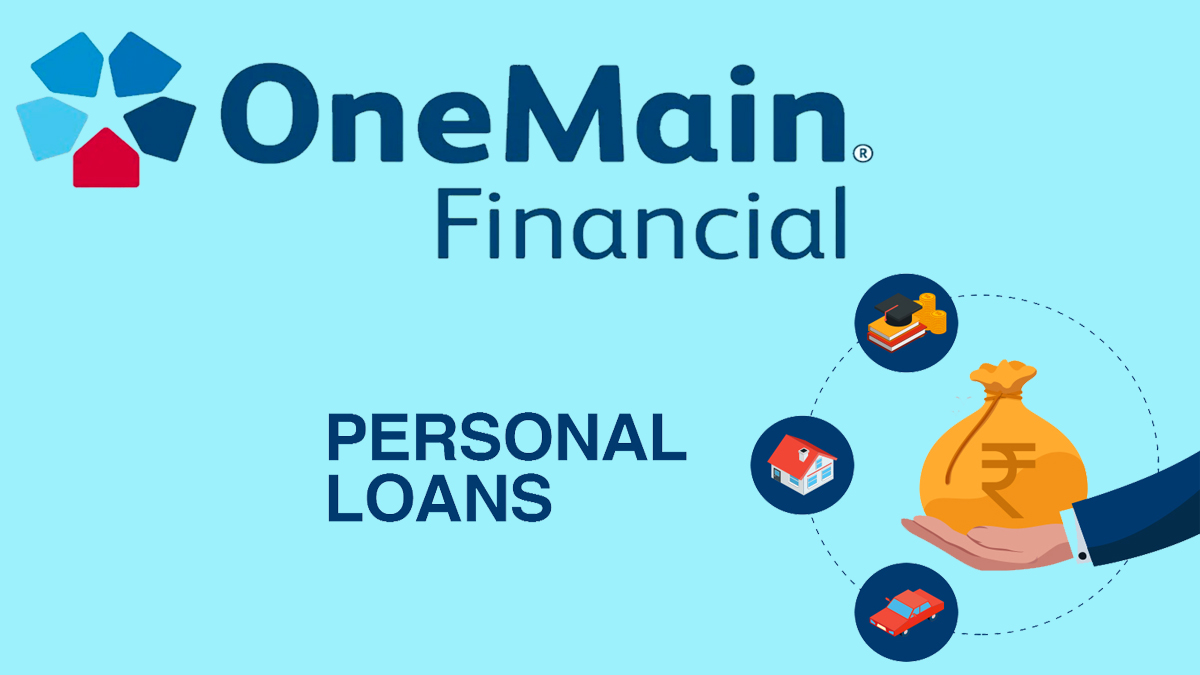Understanding the outlook for home buying can be complex, especially when navigating the various types of mortgage options available. Among these, the qualified mortgage, also known as QM, is highlighted as a significant concept introduced to protect consumers and ensure that borrowers are given loans they can afford over the long term.

Set as part of the Dodd-Frank Wall Street Reform and Consumer Protection Act in response to the 2008 financial crisis, qualified mortgages are designed with rigid requirements that lenders must follow to make loans safer and more transparent. This upper hand not only aims to regulate risky lending practices but also to provide a plan that encourages responsible lending and borrowing.
What is a Qualified Mortgage?
A qualified mortgage (QM) is a type of home loan that follows a set or fixed standard and is created to make sure that borrowers have a reasonable ability to repay their loans.
As mentioned earlier, the QM system was introduced as part of the Dodd-Frank Wall Street Reform and Consumer Protection Act, which is a legislative response to the financial crisis of 2007–2008, which was in part fueled by extensive careless lending practices.
The Consumer Financial Protection Bureau (CFPB) established these standards to regulate and manage risky loan features. This includes high debt-to-income ratios, interest-only payments, and negative amortization, thereby promoting safer and more sustainable lending and borrowing practices.
Types of Qualified Mortgages
There are two main subcategories of this type of mortgage. If you would like to learn more about them, this section will be quite useful:
- General-definition qualified mortgage
- Small-creditor qualified mortgage
General-definition qualified mortgage
A general-definition qualified mortgage is a category of loans that follow specific regulations established by the Consumer Financial Protection Bureau to ensure borrowers are given loans they can afford. These regulations include stringent debt-to-income ratio limits, the prohibition of risky loan features, and a cap on points and fees charged to the borrower.
Small-creditor qualified mortgage
Small-creditor qualified mortgages are a specific subset of QMs customized for smaller lenders like credit unions and community banks. What’s more, they have less than $2 billion in assets and originate a low volume of mortgages annually. Compared to general-definition qualified mortgages, these loans have some flexibility in underwriting criteria, recognizing the special relationship smaller creditors have with their customers and their ability to assess credit risk beyond standard metrics.
How Does It Work?
A qualified mortgage is designed to ensure borrowers get loans they can afford to repay. It does this by prohibiting risky loan features like negative amortization and interest-only payments, capping points and fees at 3% of the loan amount for loans over $100,000, and requiring lenders to make a good-faith determination of the borrower’s ability to repay the loan.
This involves assessing the borrower’s income, assets, debts, and employment, with a debt-to-income ratio capped at 43% for most loans. QMs offer legal protections for lenders who adhere to these criteria, reducing their risk of borrower claims related to the loan’s affordability. In essence, QMs aim to make the mortgage market safer for both borrowers and lenders by encouraging responsible lending practices.
Qualified Mortgage Requirements
Here is a list of the four general requirements for QM set by the Consumer Financial Protection Bureau:
- Pricing limits.
- Ability-to-pay-back rule.
- Points and fee limits.
- Risky loan restriction features.
Thus, if you want to take out a qualified mortgage, these are the eligibility criteria and requirements you need to meet.
Pros and Cons
Pros
- Encourages responsible borrowing by ensuring loans are affordable.
- Provides legal protections for lenders who follow QM guidelines.
- Protects consumers from risky loan features.
Cons
- The strict criteria can exclude some borrowers from qualifying for a mortgage.
- Limited loan feature options may not suit all borrowers’ needs.
- The 43% DTI cap may not accommodate borrowers with significant student loans or living in high-cost areas.
How to Get a Qualified Mortgage
Getting a qualified mortgage requires careful preparation and understanding of the lending criteria set by the Consumer Financial Protection Bureau (CFPB). Here’s a comprehensive guide on how to obtain a qualified mortgage:
- Access your credit score.
- Calculate your debt-to-income ratio.
- Prepare all the important documents.
- Have an understanding of the qualified mortgage eligibility criteria.
- Look around for potential lenders.
- Apply for the loan.
- Wait for approval.
- Close the loan.
After the lender has approved the loan for you, you will be credited into the bank account you provided during the application process. Next, work towards closing the loan and making payments on time.
FAQs
Can I get a qualified mortgage with a high DTI ratio?
Generally, QM loans require a DTI ratio of 43% or lower. However, exceptions exist, particularly for loans eligible for purchase by government-sponsored enterprises (GSEs) or insured by government agencies.
Are all mortgages qualified mortgages?
No, not all mortgages are QMs. Lenders with different terms and conditions may offer non-QM loans, even if they do not meet the specific criteria set by the CFPB.
By understanding the complexities of qualified mortgages, borrowers can navigate the home-buying process with greater confidence, ensuring they take on loans that are both manageable and sustainable over the long term.



